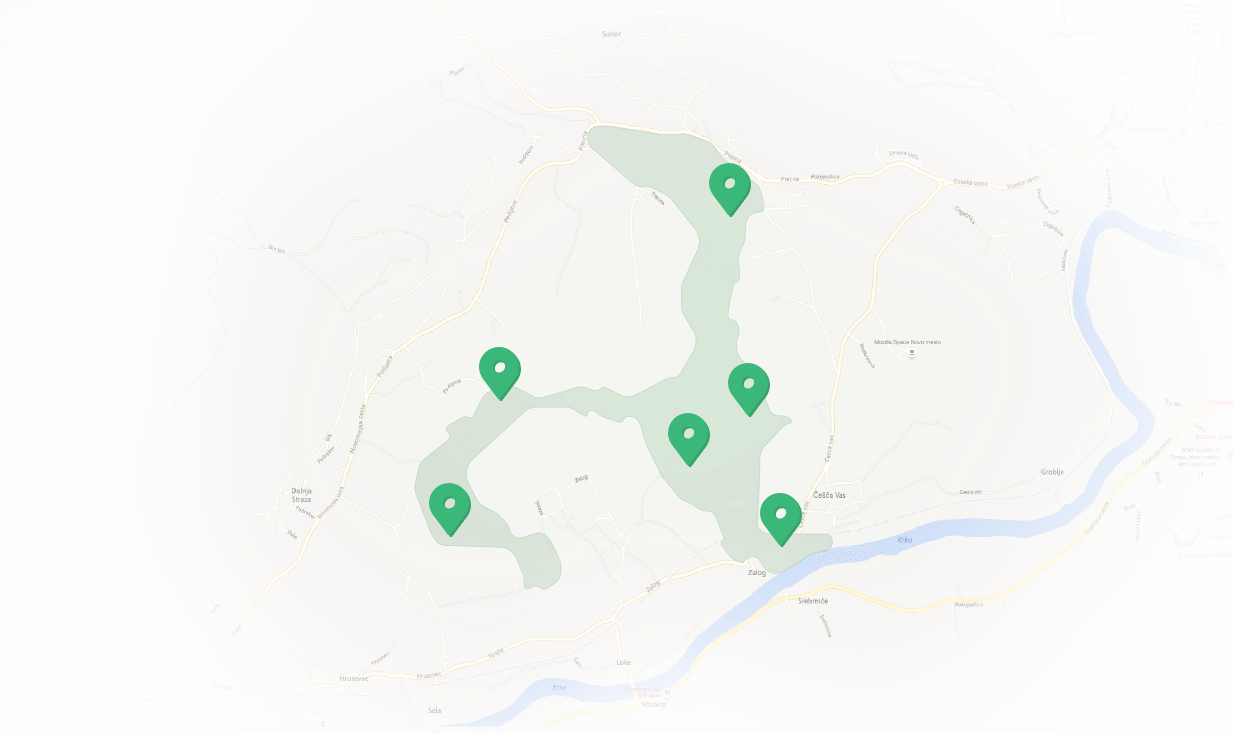Common blue damselfly Enallagma cyathigerum

Features
The common blue damselfly can be easily mistaken for the azure damselfly (Coenagrion puella). Adults often sit on aquatic and riparian plants, they are active from May to the end of August, often in September.
| Species | Insect |
| Living space | Lake, Pond, River edge, Swamp |
| Size | 29-36 mm |
Description
The males of this species are a cerulean blue color with black markings, while the females have a larger variation in their coloring. Within females there are a few different morphs in which they can take, andromorph and heteromorph. Andromorphic females resemble the cerulean blue males, but they have more black patterning on their bodies. The heteromorphic females are more of a brown or green brown color and do not resemble the males at all. The reasoning behind the different morphs is to attempt to limit the amount of attention the female receives when she is near the water for reproduction. The common blue damselfly can be easily mistaken for the azure damselfly (Coenagrion puella), but on the back and the thorax, the common blue damselfly has more blue than black; for the azure damselfly it is the other way around. The second segment of the thorax has a distinctive spot with a line below connecting to the third segment. Another difference can be observed when inspecting the side of the thorax. The common blue damselfly has only one small black stripe there, while all other blue damselflies have two.
Features Temenica (3)
SPECIAL ogr.






